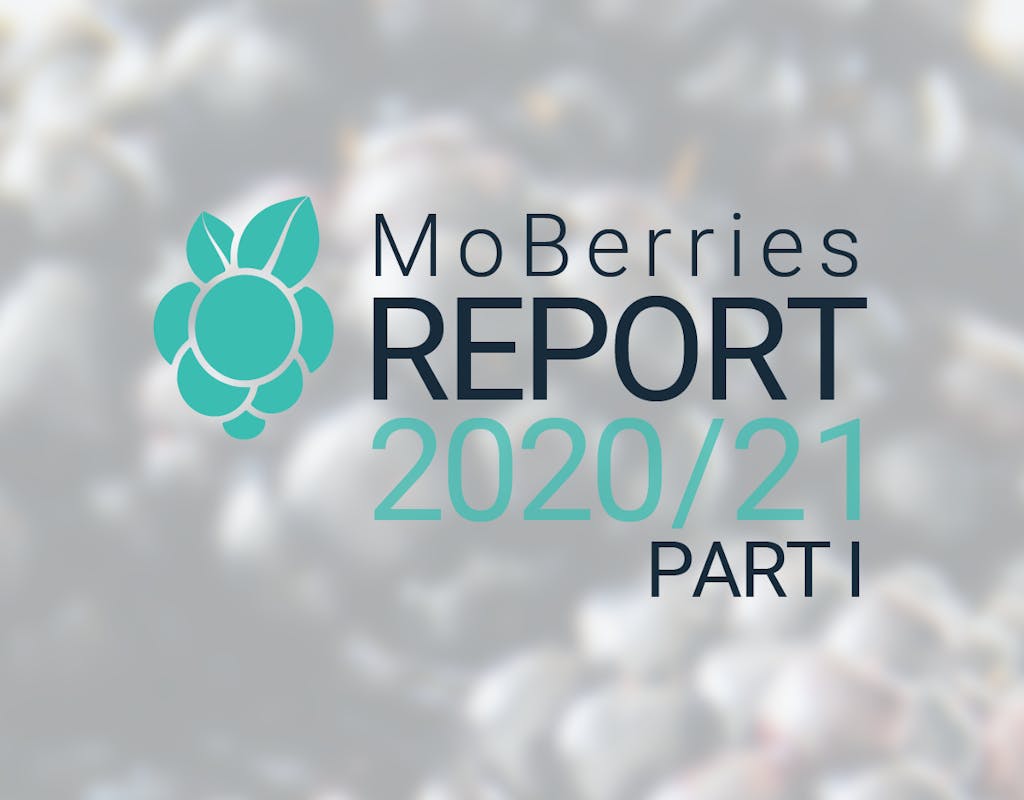The ambiguous nature of 2020 challenged practitioners to accelerate adoption to change in order to ensure their firms’ long-term viability. This was clear with the adaption to remote working and how companies adjusted operation as a response to the pandemic. We were interested in understanding the state of recruitment and what topics were pertinent considering the nature of the recruitment as well as the ongoing proliferation of new technologies and changes in the way we work.
Market Heading Into 2021
If there was one overarching theme for 2020 it would be VUCA : The U.S. Army War College conceived the acronym VUCA (volatile, uncertain, complex, and ambiguous) post-cold war as an acronym for them to be able to understand and navigate the “new” world dynamics. Our objective was to try and demystify the ambiguous and make sense of the volatility associated with the state of recruitment in 2020. We did this by collecting insights from industry professionals into current trends.
To gain a snapshot of current recruitment processes and how companies were adapting we surveyed practitioners at more than 250 companies, the sample size accounted for smaller companies we defined as small/startups with up to 10 positions to fill, growth/mid-sized companies with anywhere from 10 - 100 open jobs as well as corporations with over 100 open positions. For the purposes of this report, we categorized the company by the volume of open job roles. The split of practitioners polled was approximately 72% being small/startup and growth/mid-sized companies while approximately 28% accounted for corporate. Of them 44% indicated sourcing to be their number one challenge when it came to the recruitment life cycle.
Are you interested in our complete Recruiting Report 2020/21? Then leave us your e-mail address and receive the report for free.
The Candidate Effect
The second and third quarter in 2020 showed reductions in the volume of jobs published. Almost 60% of employers reduced their number of job openings while approximately 27% paused all job postings as a result of market uncertainty stemming from the pandemic.
The hardest-hit industries; travel and tourism experienced an almost 73% decrease in the number of job openings, while the art and entertainment industry fell by 46%, retail and restaurant fell by approximately 24%. On the contrary, the supermarket industry had an almost 9% increase in the number of jobs published.
The correlation between layoffs and application showed a spike in the number of candidates applying for new roles compared to the same period the previous year. June bucked the trend of high application volume to a low hiring rate
as it accounted for a 14% increase in hires as a perceived result of companies better adjusting to what was deemed the “new normal” as they continued to cope with the fall out of the pandemic.
A by-product of the “new normal” was the steady rise in demand for remote workers which increased by almost 10% compared to previous years.
Though hiring for roles in customer service and client-related jobs increased, approximately 18% of talent acquisition managers surveyed remained bearish on the long-term retention prospects of the candidates hired as they expect them to leave once the economy opens back up and more competitive salaries are presented to them.
Are you interested in our complete Recruiting Report 2020/21? Then leave us your e-mail address and receive the report for free.
Are you interested in MoBerries' recruiting solution? Gather insights and turn them into actionable analytics to optimize your recruitment funnel.
Are you currently looking for a new job? MoBerries supports you in finding the perfect one! Simply upload your CV and get matched – Free, fast & easy.








